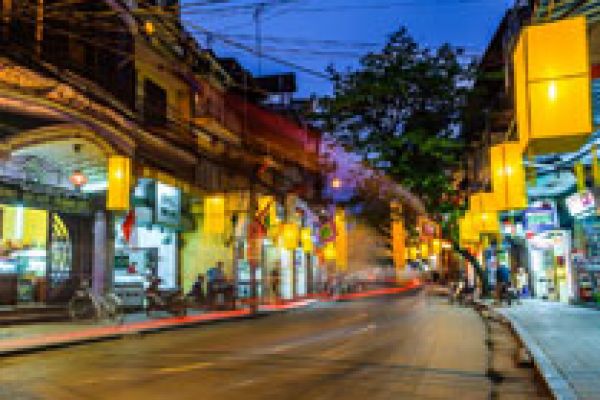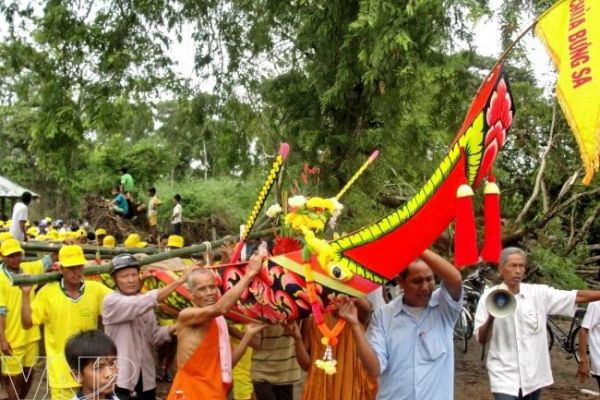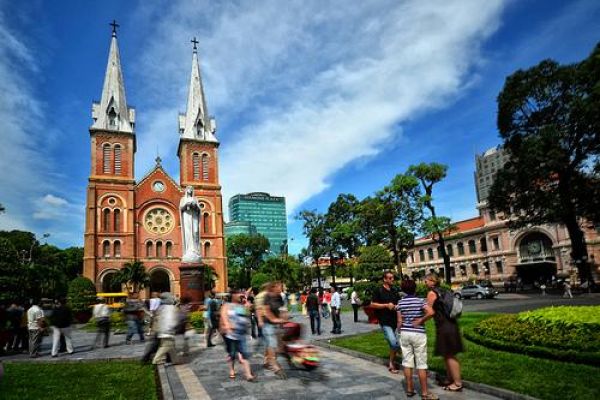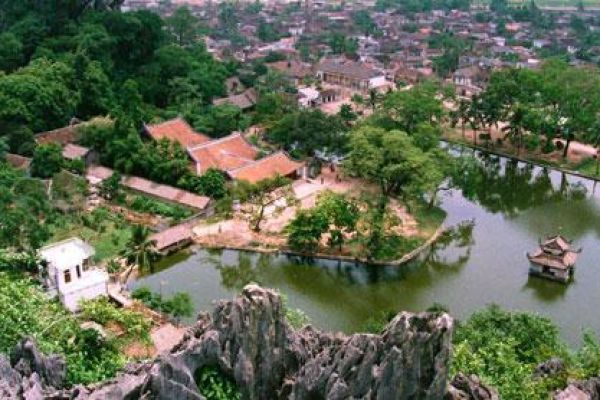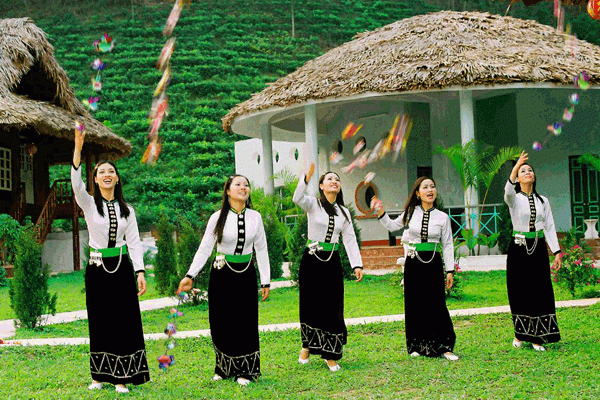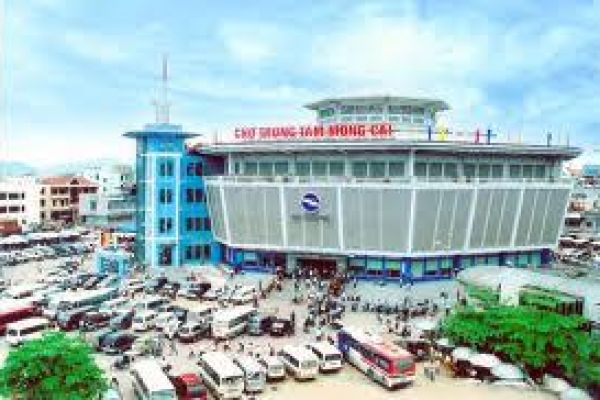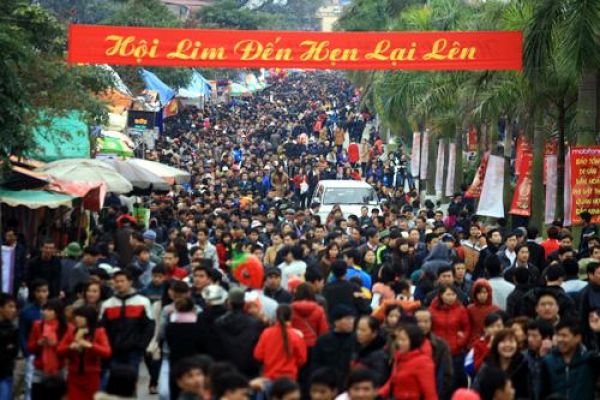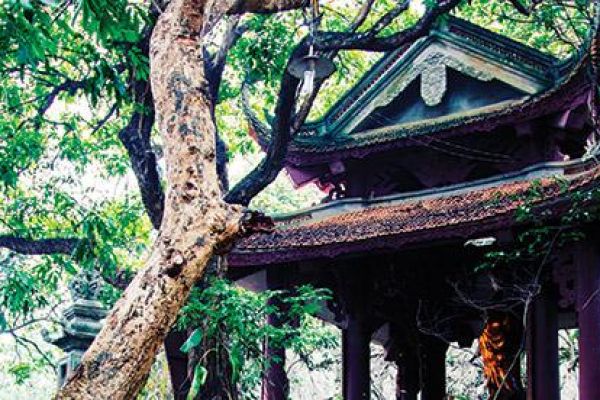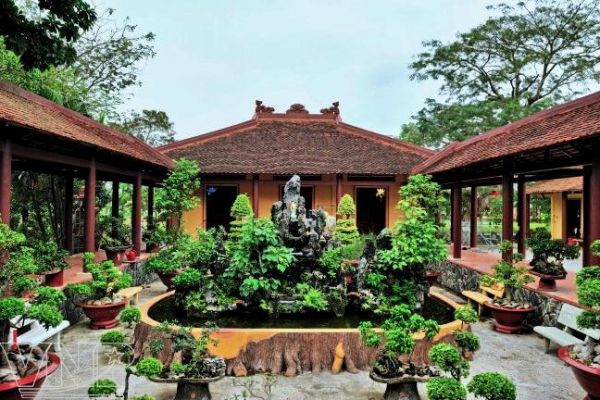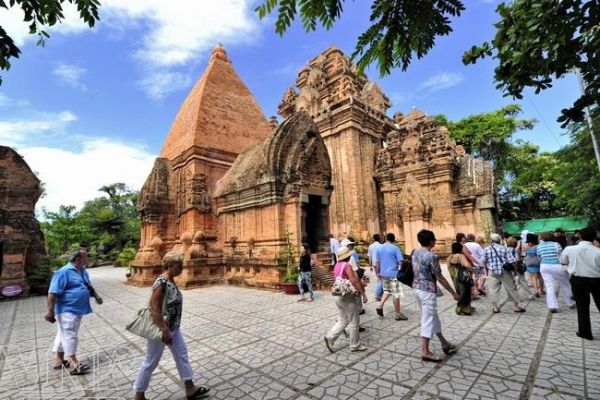Their beauty, joy, spirit and purity can hardly be captured perfectly through the lens of any camera.
Vietnam boasts 54 ethnic minority groups. In addition to the majority Kinh, which accounts for 80 percent of the country’s population, the remaining 20 percent belong to 53 ethnic groups, most of them living in mountainous areas, across the country.
 |
The country has more to offer than just its well-known metropolitan areas of Hanoi and Ho Chi Minh City. Much of its allure lies in the fascinating tribal cultures of the Tay, Nung, Mong, Dao, Muong and Thai ethnic minorities that inhabit the northern mountains along the Chinese border.
The adventurous and those intrigued by the “hidden charm” of Vietnam are attracted to this region. Exploring the colorful ethnic minority groups and experiencing the sheer thrill of travelling through wild and rugged terrain is something that cannot be found anywhere else in Vietnam.
Many visitors agree that one of the most enchanting sights in the region is ethnic children playing in their colorful costumes and smiling brightly in the spring sunshine while swiftly harvesting the golden rice in the spectacular terraced fields.
That scene can cause a visitor’s heart to beat faster and their footsteps to slow down. The rich ethnic lifestyle is very different from the usual modern life.
"When I look at children playing in the upland terraced fields or wandering through the village, I wish to be one of them enjoying freedom in a world of their own,"said one visitor.
These children learn to help their families from an early age. They begin to contribute to the family finances by selling unique handicrafts and colorful embroidered tribal fabrics. Although their living conditions might be considered very poor compared to a modern life in lowland Vietnam, they seem quite happy with their families and unique cultures.
While the traditional agrarian economy is still based on family farms producing food and cash crops, such as cardamom and vegetables, more children are now able to go to school and study the written language and traditional culture of their own ethnic group.
The majority of ethnic minority children in Vietnam are now three times more likely to read the Vietnamese language with accuracy and they are excited about going to school.
A fifth grade schoolgirl in Ha Giang province says, “I like to go to school very much because it is fun. We learn in groups and we can participate in extra activities like drawing, singing and embroidering. I feel proud of that”.

